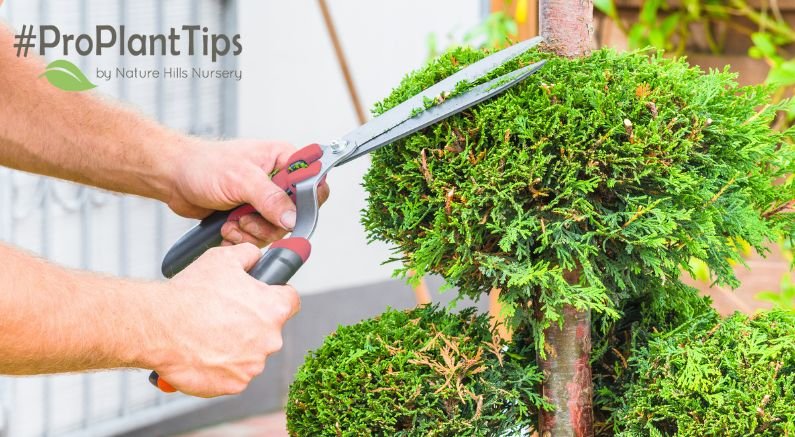Pruning arborvitae trees is an important part of the maintenance process. Many of the species of arborvitae trees will not need any pruning, as they will maintain a natural shape that is pleasing to the eye. In these cases, pruning arborvitae should only be done in order to limit the height that the plant will reach. In other cases, pruning will allow the gardener to change the shape of the plant into a hedge, or a more ornamental shape.

The first step to pruning arborvitae is to understand when and why to prune. If a tree is mature, many of the branches may not be as lively as they once were. This may be from lack of sunlight or proper nutrients. When this happens, pruning the plant down may provide the proper light to the branch, rejuvenating it. Pruning will also help to stimulate new growth.
Most arborvitae should be pruned or trimmed while dormant in the colder months, roughly from about November to March. Pruning arborvitae may also be strictly ornamental. A row of arborvitae trees may be pruned down to shrubs, for a more aesthetically pleasing screen. Pruning arborvitae may also entail removing branches and growth that shoots out of the border of the plant. Removing these will make the plant seem fuller and healthier. Cutting it down to just a few inches off the ground may rejuvenate an arborvitae that is overgrown or weak. This is the fastest and most reliable way to renew a shrub.


